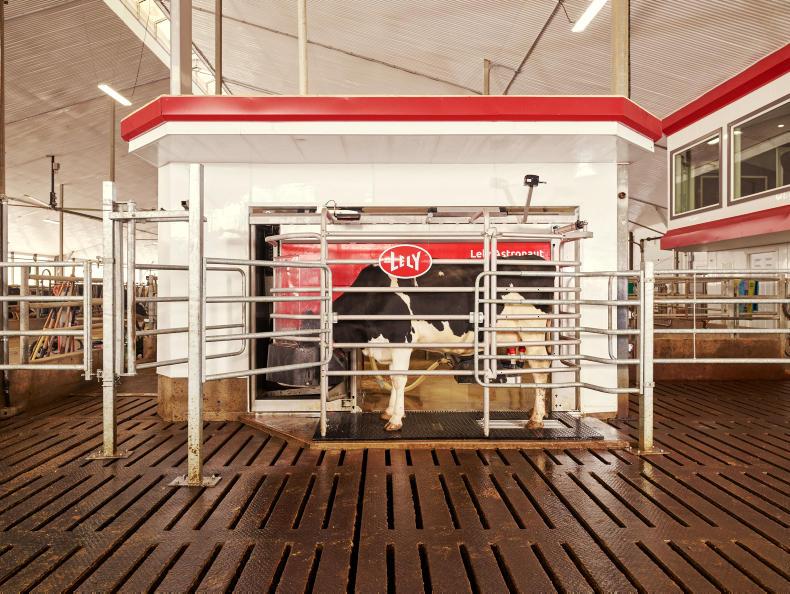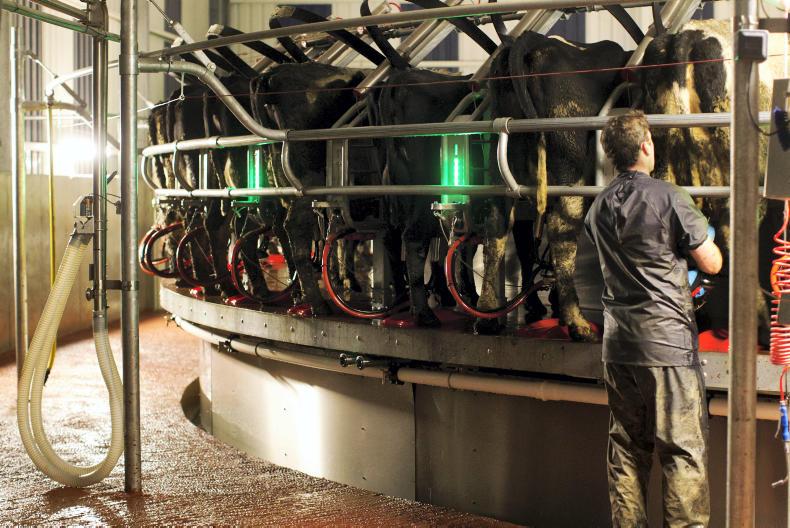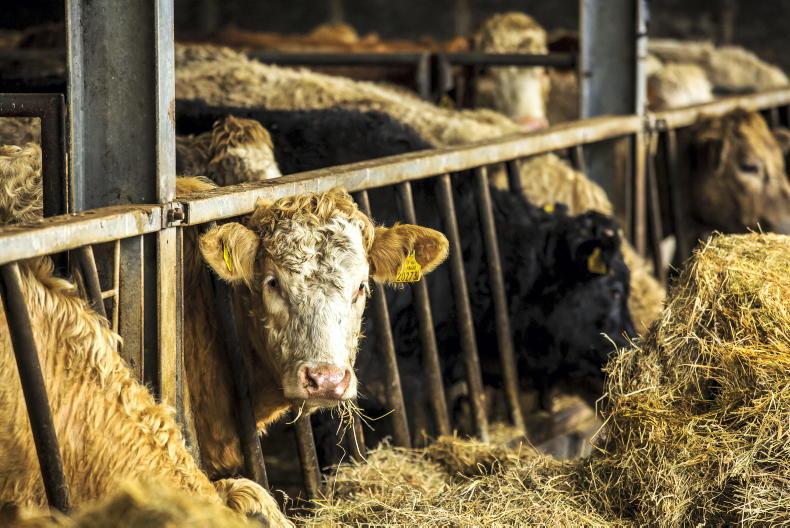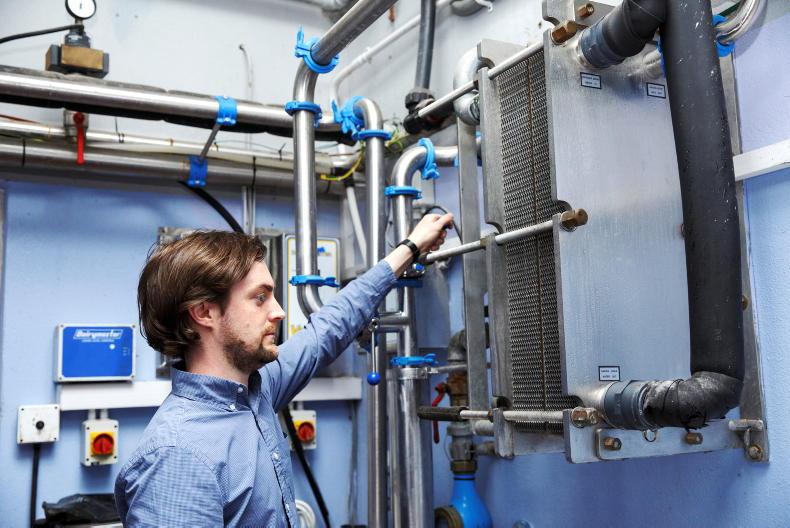Automatic milking systems or robots have captured the headlines when it comes to alternative or labour-efficient milking systems. Over the last decade, the number of cows milked by robots has increased, probably exponentially.
But this is not the only big change taking place. The amount of cows being milked by rotary parlours has increased exponentially also. The growth in both types of milking system has been driven by one thing: labour.
In many respects, the robot is a bigger system shift than the rotary. The whole psychology around twice-a-day milking in the morning and evening changes. Cows go to the robot to be milked voluntarily. Where cows are at grass, the grassland management needs to be very good. If too much grass is allocated, there is no incentive for the cows to come into the robot, and where too little grass is allocated, all the cows will be in at the robot at the one time.
Improving grassland management
Farmers who have installed milking robots have had to improve their grassland management. Two or three block systems are used where between one-half and one-third of the herd’s daily grass allocation is in each block. To get to the next block, the cows have to pass through the yard and are then either selected for milking, or let on to fresh grass. Labour studies in Ireland have shown that the amount of labour being used to run a robot farm is no less than that used to run a conventionally milked farm. However, the type of work and the timing of that work is different.
There’s no doubt that the system is a lot more flexible and this suits some people and some farms. It’s probably only at the larger scale that real labour efficiencies can be made with robotic milking, whereby one person could oversee the operation of multiple robots, maybe even on different sites. This hasn’t really been tested in the Irish context yet, although larger robotic farms are now coming on stream.

Research from New Zealand on robot farms milking between 220 and 480 cows found no reductions in actual labour used. However, milk yield increased when cows were milked on the robot, so the labour cost per kg of milk solid reduced. That study also found that operating costs increased, with maintenance and electricity costs higher after the robots were installed.
Rotary
There has been a quiet revolution in how large herds are being milked in Ireland. Four years ago, you would struggle to name 10 farmers off the top of your head that milk their cows in a rotary. Now, anecdotal evidence says there are 30 or rotary parlours being installed every year.
Larger herd sizes and a shortage of labour are the main reasons given for the increase in rotary parlours. But is installing a rotary parlour a rational response to these issues, and if so, are the days of the herringbone parlour on large farms numbered?
Answering these questions is difficult. The assumption is that rotary parlours are more efficient and more attractive places to work in. Unfortunately, data from Ireland to confirm or deny these assumptions is lacking at present. In terms of efficiency, research work in New Zealand has shown that a 40-unit herringbone will milk the same number of cows per hour as a 40-bail rotary. The difference: it takes two people to operate the herringbone while one can milk in the rotary. That is the main reason why rotary parlours are becoming so popular.
The perceived labour-saving benefits of a one-man farm at weekends is probably idealistic. It’s a tall ask for someone to spend an hour bringing cows in to then spend two hours milking them
However, in my experience, on the majority of farms with rotaries, two people are involved in the milking process. The two people may not be cupping on the whole time, but the second person is often making sure that cows are backing off and moving away properly, attaching clusters that get kicked off, or pushing cows up to the platform. The fact that one person can milk the cows is a huge advantage. Even on a large farm with three employees, from the time AI is over to the following spring one person can cover weekends. They would be busy, but it can be done. This would mean each employee would only have to work one weekend in three.
On a three-person herringbone farm where two people are needed to milk, extra help would need to be brought in to cover weekends and holidays. Either that or employees would be working two weekends out of three, which is against the working time directive. The New Zealand data shows that about 250 cows per hour are milked in a 40-bail rotary and a 40-unit herringbone. So both parlours can milk 500 cows in two hours. The cost of the rotary plant is considerably higher at €2,000 plus per unit more expensive than a herringbone.
Labour
In terms of labour reductions, the New Zealand data suggested that 0.4 full-time labour equivalents is saved in a rotary scenario. Culturally, milking for more than two hours is not really acceptable, on cow or man. If looking at it on a purely physical and financial basis, you would say that a rotary should only be considered if herd size is greater than 500 cows, as herringbones are not capable of milking more than this number in two hours, based on the fact that herringbones are cheaper to build.
But the real argument for a rotary is on the labour side, particularly the fact that one person can milk at weekends. But what’s the most amount of cows one person can milk in a herringbone? If we say that a 30-unit with ACRs is a one-man parlour and output is 10 minutes per row, then 360 cows can be milked in two hours. In my view, herds of less than 360 cows should still be installing herringbone parlours of about 30 units in size with ACRs. Herds greater than 360 cows should consider a rotary.
There is a word of caution though. The perceived labour-saving benefits of a one-man farm at weekends is probably idealistic. It’s a tall ask for someone to spend an hour bringing cows in to then spend two hours milking them. Will they have to go and fetch the lame mob then too? Will they have to check youngstock also? In such cases, the weekends on would be the busiest days of the week and everything would have to go right to get finished on time.
There’s a whole array of things that need to be streamlined for a farm to be labour efficient – it’s not just the type of milking system that has an influence.
Labour efficiency and how to attract people to work on farms will be discussed at the Skills Hub stage with Marion Beecher from 11:30am to 12pm.











SHARING OPTIONS